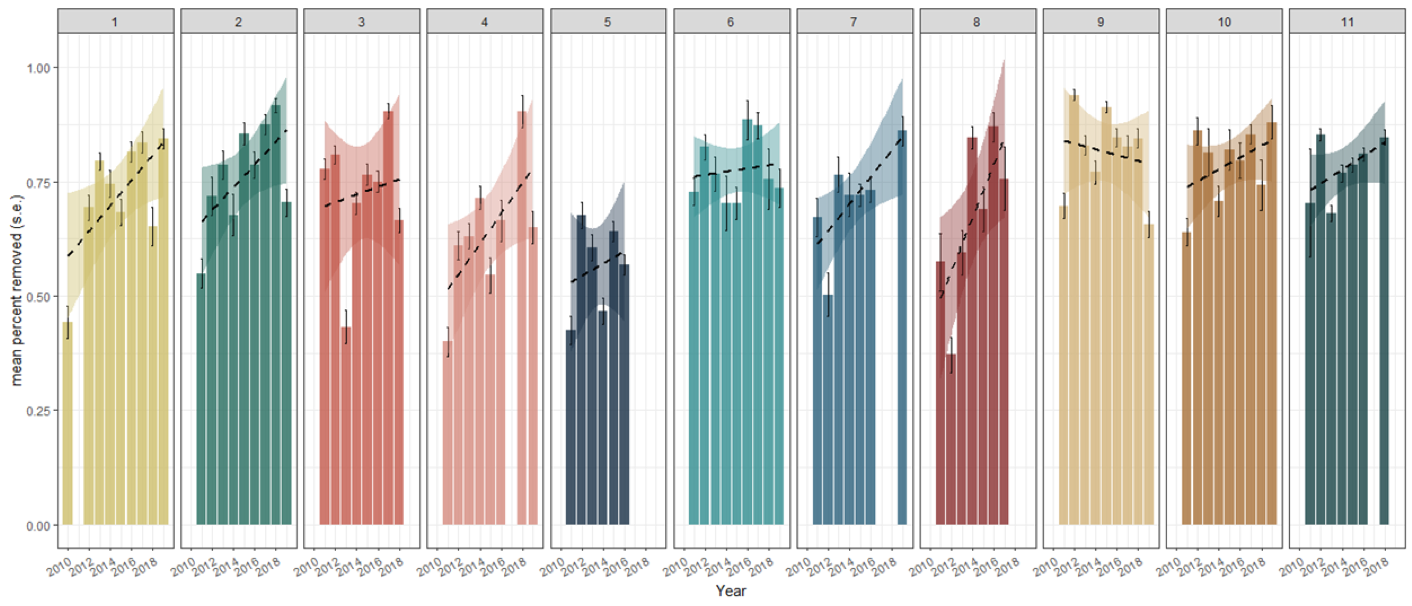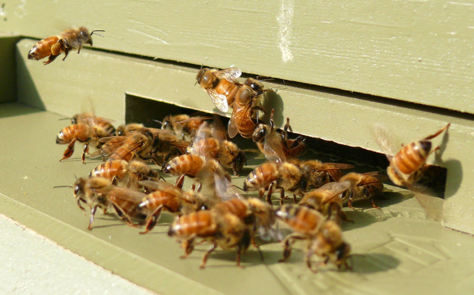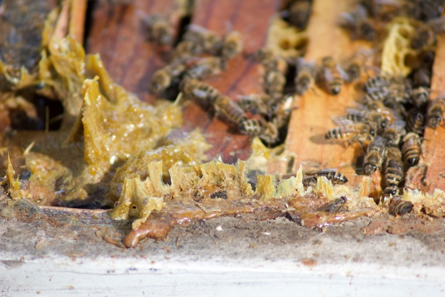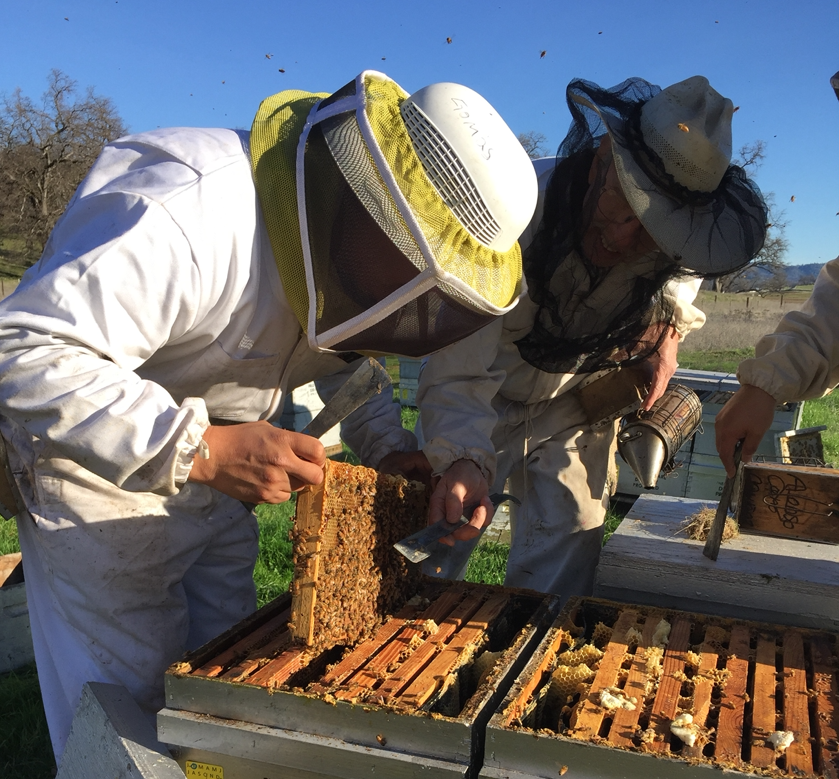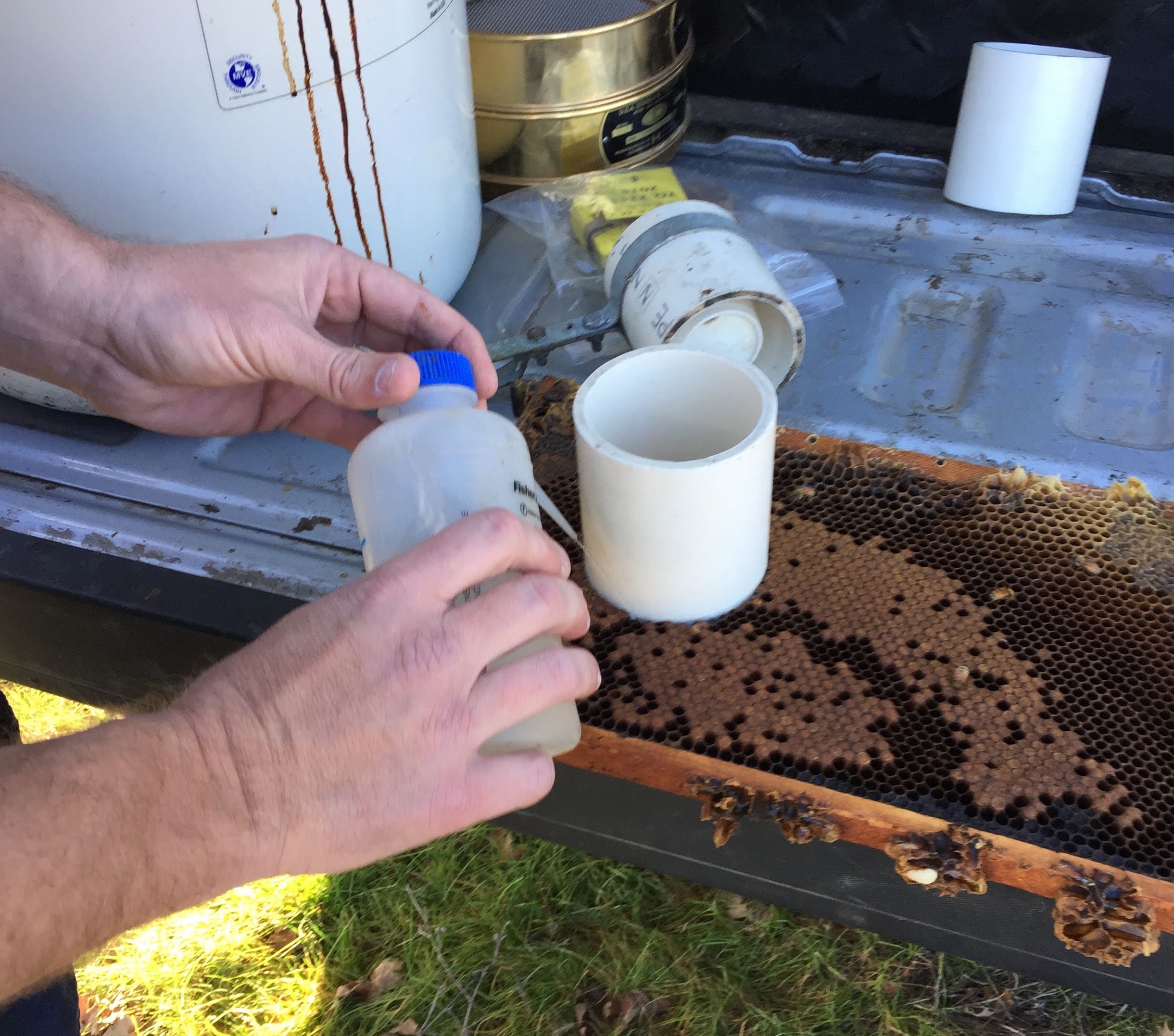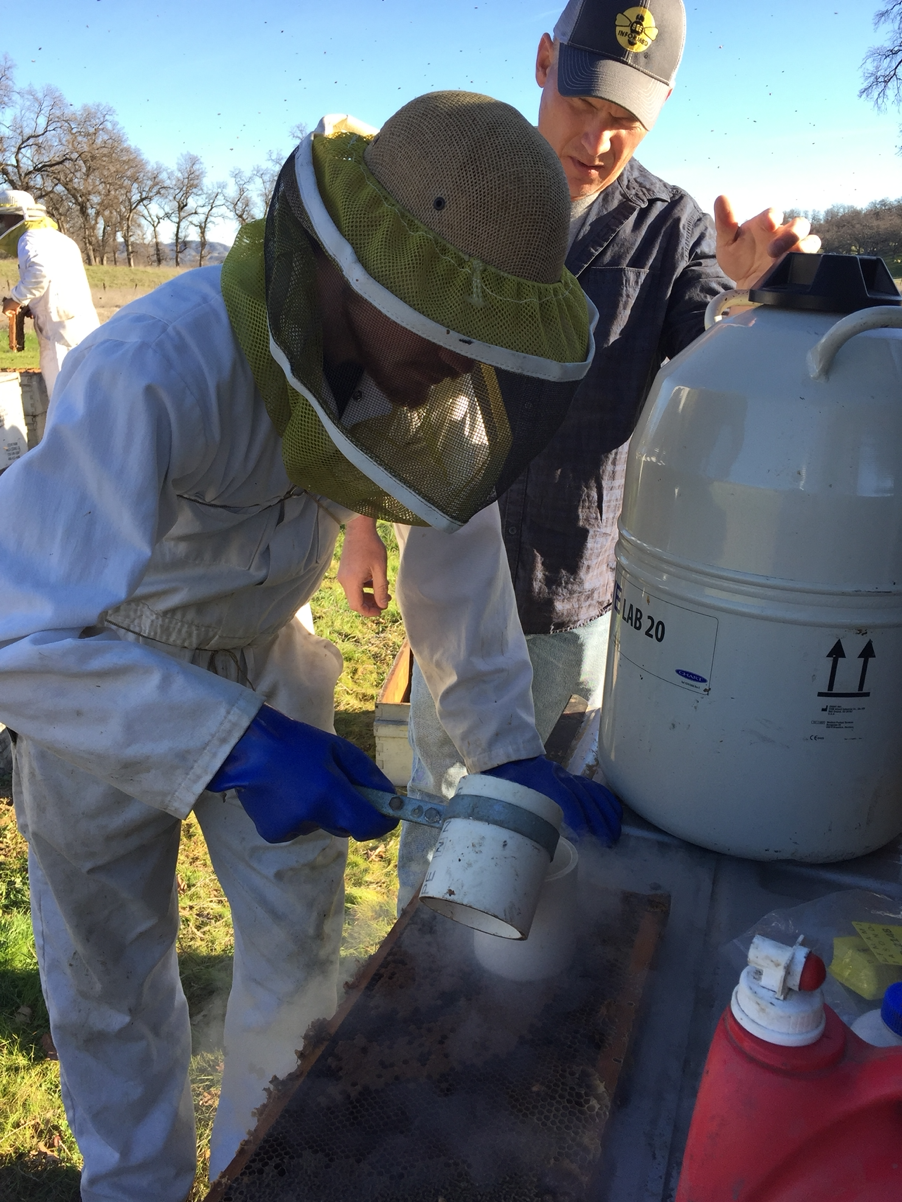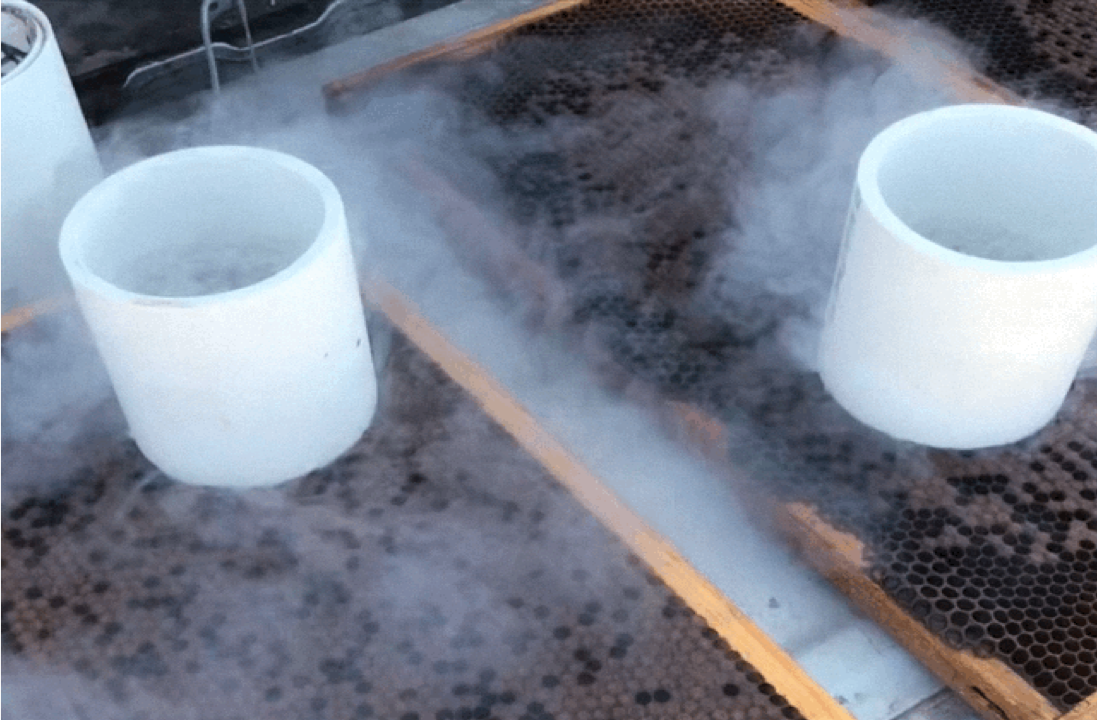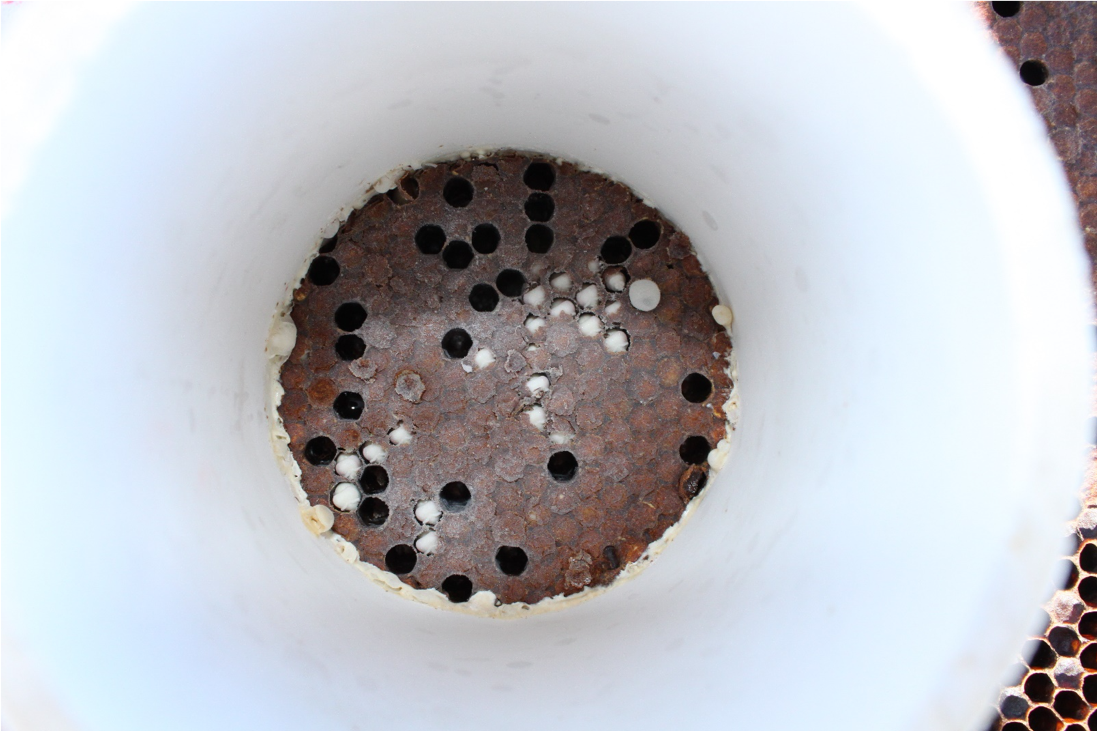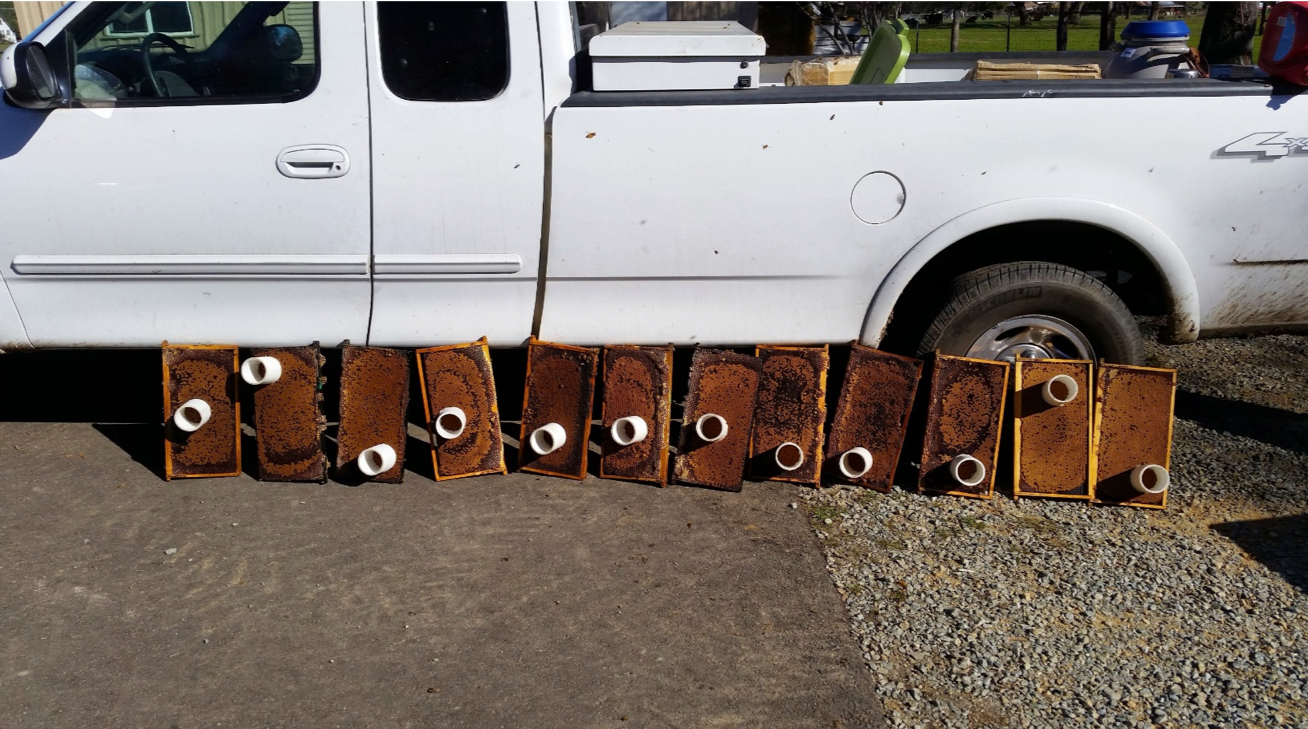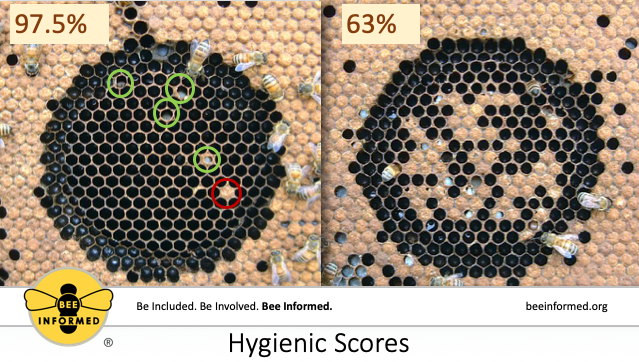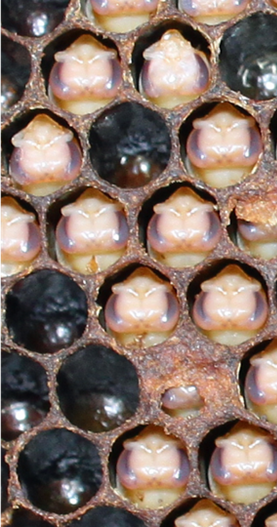Honey Bee Hygienic Behavior(s) and Testing
Anne Marie Fauvel & Robert Snyder, Bee Informed Partnership
Who doesn’t like a feel-good story? Good news is often scarce these days, so at Bee Informed Partnership (BIP), we thought it would be a good time to highlight some of the more uplifting trends in our work with the beekeeping industry. The results from working with queen breeders and our decade of data on honey bee hygienic behavior is good news.
Social Immunity
Social immunity, the collective effort to defend against invading pathogens for the benefit of the community/society, commonly occurs in most social insects, such as ants, termites, and of course, honey bees. Honey bees exhibit several behaviors used to maintain and protect the health of the entire colony.
Success Strategies
To be successful, a pathogen needs to 1) move in, 2) become established 3) multiply and spread throughout a colony. Therefore, a successful social immunity needs to 1) avoid, 2) reduce and 3) eliminate the pathogen to keep the community healthy.
Honey bees have a fascinating and complex social health care system which works both to prevent (avoid and reduce) diseases and infections before they establish in the nest and also to kill or sacrifice their own to eliminate the pathogens from the nest.
An ounce of prevention is worth a pound of cure
Honey bees have a number of behavioral and chemical tools in their toolkits to prevent pest and pathogen invasion. These include grooming one another to clean their bodies, injecting venom into their enemies to paralyze them, and producing antimicrobial secretions to keep unwanted microbes at bay. Honey bees also maintain beneficial microbial communities in their guts and in the colony’s bee bread stores to maintain healthy digestion. Honey bees also collect propolis, sticky plant resins possessing antimicrobial properties. By coating the colony’s interior with propolis it forms a protective envelope that discourages unwanted microbial growth.
When all else fails – Hygienic Behavior
Inevitably, pathogens will manage to evade the preventative measures used by some honey bee colonies. They become established and begin to spread. Once the pathogen takes over the nest, honey bees engage in a series of behaviors, collectively referred to as “hygienic behavior,” aimed at sacrificing their own in an attempt to eliminate the pathogen load. Hygienic behavior includes 1) the ability to detect a pathogen in the nest, 2) uncapping the developing pupae and 3) removing the affected individual to eliminate the invader.
All honey bees perform hygienic duties, but those that do so in early infestation stages are better at fighting diseases overall. In other words, bees that detect an invader when fewer individuals are infected will have less work to do to remove and succeed against the intruder than those who detect it later.
Testing & Scoring Honey Bees’ Hygienic Behavior
We use the freeze kill brood assay (FKB) to test and score bees’ hygienic behavior. To perform the FKB assay, we gently press a section of three inch diameter PVC pipe into a solid patch of capped brood of the purple eye stage (approximately 160 cells of 17-19 day old brood). Once the PVC pipe is sealed in place, we pour 10oz of liquid nitrogen into it effectively freeze killing the section of brood inside the pipe. After the liquid nitrogen has evaporated, we count the number of empty cells (#empties at 0hr) and let the brood section thaw enough to gently remove the tube, and return the frame to the colony for 24 hours. It is during this time that the worker bees, in theory, should detect the dead brood under the capping and start cleaning it out. This is the behavior the test attempts to quantify. After 24 hours, we pull the test frame back out and count the number of uncapped cells and partially removed brood (#partials at 24hrs) and the number of completely empty cells (#empties at 24hrs). With a bit of simple math, we generate two types of scores, a strict percentage score of the cells completely removed only and a more generous percentage score of cells uncapped, partially and completely removed.
It is reasonable to think that colonies that consistently remove 95% or more of the freeze-killed brood in 24 hours are also more likely to remove diseases and mite infested brood cell early and quickly. In fact, Spivak et Reuter (2001) identified a decreased incidence of pathogens, especially to American Foulbrood and Chalkbrood diseases when honey bee colonies scored 95% or better on the FKB assay.
A Decade of Hygienic Behavior Testing Data
BIP’s Tech Transfer Team was established in Northern California in 2010, in response to Queen Breeders requesting assistance in testing for hygienic behavior in their honey bee stock to improve their queen breeding stock selection. BIP has been performing hygienic behavior testing with some of the most important queen producers in the U.S. for the past decade. In Figure 1, you can see the hygienic score trends for 11 queen producers who participated in the BIP hygienic testing program for at least five years.
Some efforts in the beekeeping industry seem to make a difference. The Northern California queen breeders using hygienic testing for only a few years, have effectively selected and bred more hygienic stock to distribute to the rest of the country, helping to fend off some of the seemingly endless threats to honey bee colonies. Sometimes, there really is good news.
Reference
Spivak M. & Reuter G.S., (2001) Resistance to American foulbrood disease by honey bee colonies Apis mellifera bred from hygienic behavior. Apidologie, Volume 32, Number 6, pp. 555-565. DOI: 10.1051/apido:2001103







